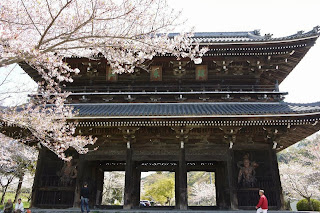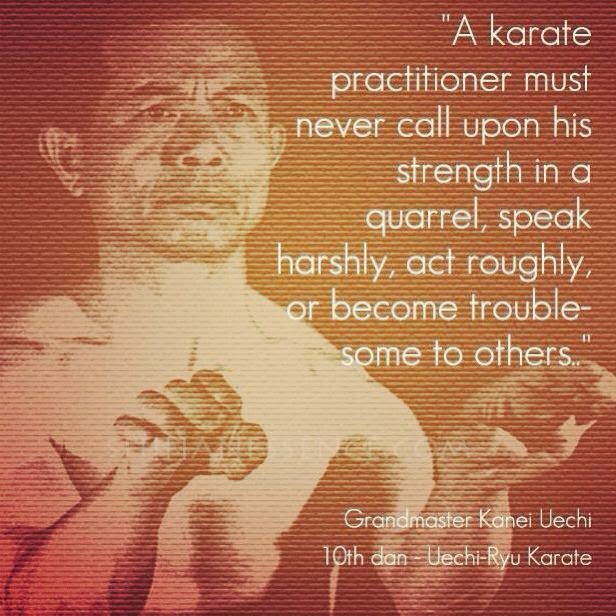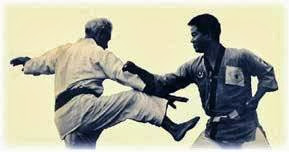THE FA~JIN PRINCIPLE
THE EXPLOSIVE POWER IN MARTIAL ARTS
Basic translation of 'Fa-Jin' may be construed as___'Release of Power'__However this A very narrow definition and does not really convey the essence of what this simple yet complex principle embodies.
In Martial Arts, the three(3) components of "Yi" , "Qi" and "Li" have to combine in A congruent alignment to achieve : FA-JIN.
"Yi"~ may be construed as the command or "INTENT", initiated in the Mind, But Released incrementally downward and out [Related to the Brain].

"Qi"~ is perceived as the bio-electrical energy which ''FLOWS'' within the
physical body and outward [Related to Skeletal body & beyond].
"Li"~ the explosive muscular 'power' generated from the 'core' energetic
reservoir, "ACTIVATED" in the physical body [Related essentially to :
Kidneys* , Liver , Lungs & Heart Functions].
* Basically, Physical Body's 'Batteries'.
http://youtu.be/-WBCwi6qyC
SANCHIN KATA SHIME (gitae)
Iron Body Training & Conditioning
FA~JIN is not A brute force, but rather A refined filtered , Intentionally Directed Power. If we consider the "Iron Shirt" practiced by Gung-Fu practitioners, who subjected their bodies to being struck by A harnessed tree trunk; then "Fa-Jin" is like A Laser Strike. It is similar to being hit by an steel dart/arrow , which affects the body internal (organs). It has A disruptive 'shock force'. An explosion of energy (implosion of Prana)
The force of FA~JIN is associated with the mythical powers of the Dragon. The true nature of this Force is relaxed yet highly focused Intentionally. The Coiling power of A Snake, aptly demonstrates the energy release of this principle.
FA~JIN is developed progressively through continued practice of modalities such as Qi-Gung , Sanchin Kata, Yoga practice, etc. It relies for the most part, on the concept of being soft(sung) on the outside. This principle is witnessed extensively in the Nun Chuan (Southern Fist) styles of Gung-Fu and Kempo and in hard/soft styles of Toudi and Ryukyu-Tiijtsu, that have maintained their Chinese influences.
Advanced "Fa-Jin" practitioners develop their bodies from inside out, to safeguard from injuries by those who know how to unleash "Fa-Jin's" explosive power. Mastering the "opening and closing" of Energetic Gates, Dynamic Tension muscle control, Deep Focused Relaxation ; advanced practitioners avoid serious internal injuries , which in some cases have proved fatal.
In Toudi/Kempo and Tiijutsu/Karate circles, this advanced concept is referred to as "being soft on the outside . . and hard on the inside". In Ancient China : "Rou-Zhong-Hang-Gong'' , embodied this concept of Hard within Soft (Yang/Yin)
Sanchin Kata
Ahmadi Behzad, Narashbi (Shinshi)
Ryukyu Shorinjiryu Ryujin TiiJutsu
www.Shorinjiryu.weebly.com
www.youtube.com/user/bozAmadi
REFERENCE :
White Crane Gung Fu
Zhan-zhuang
Jing or Ging
Tiijutsu / Toudi
Aikido
Babulien
MingHeKwan
Kundalini
Zen-kido
Zu Zhang
Therapeutic Movement
Pneuma & Prana
Qi-Gung / Tai Chi
Ayangar





































































